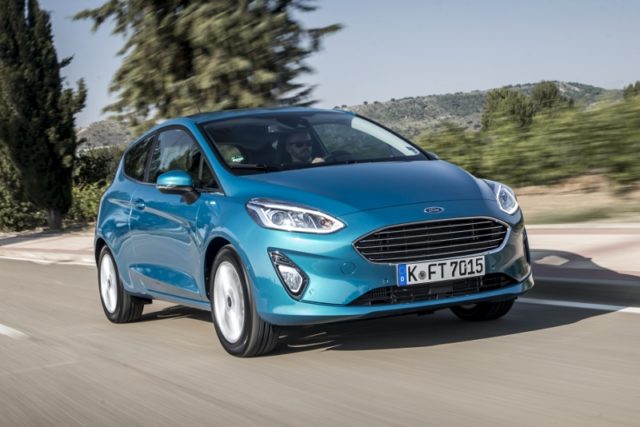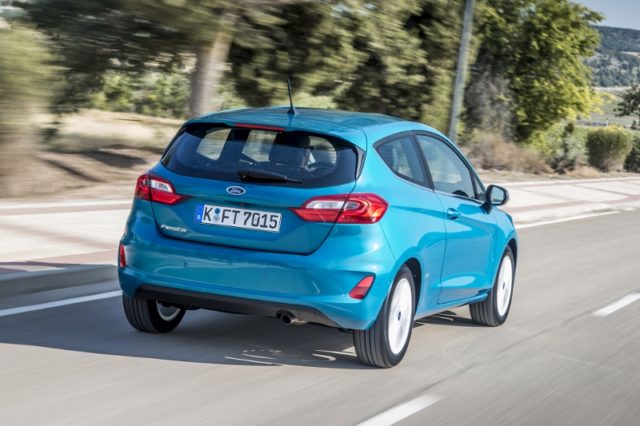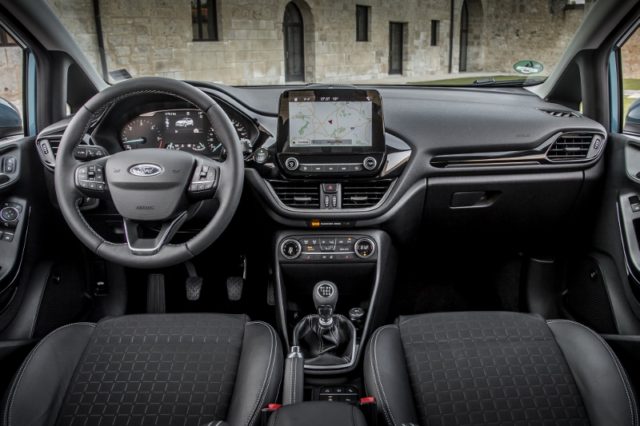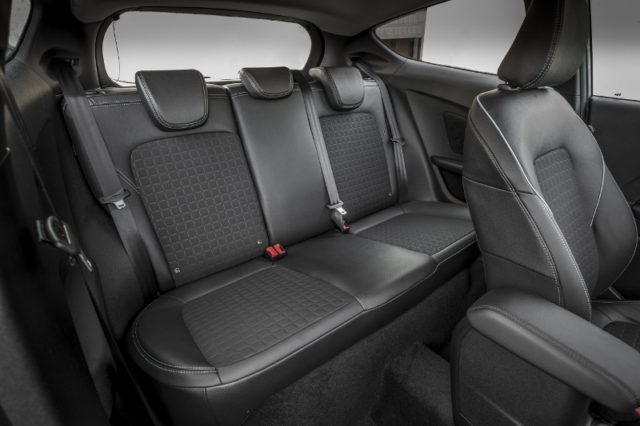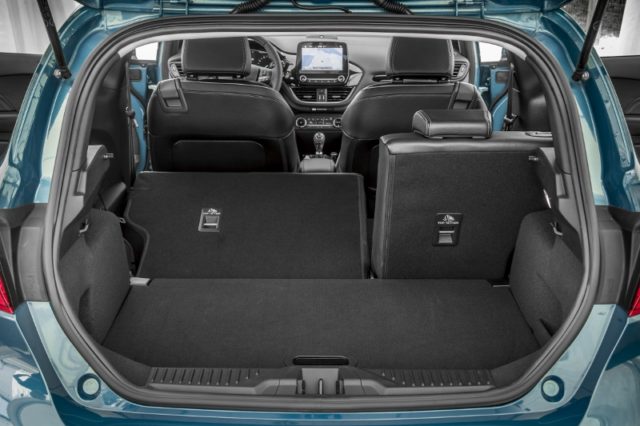First Drive: Ford Fiesta
Ford’s popular supermini sets tough benchmarks for its ever-growing list of rivals, says Alex Grant.
Popular enough to outsell entire product ranges, the Fiesta has to be a one-size-fits all car to suit a wide spectrum of tastes and needs, and this one is the broadest line-up yet. Style, Zetec and Titanium versions form the core of the range, with the mid-spec version the expected big-seller, while those with more choice can opt into the sporty ST-Line or luxuriously-equipped but arguably less range-appropriate Vignale. Both are available with the full engine line-up. A 200hp ST hot hatch, and the crossover-like Active will follow next year.
Most Fiestas are petrol-powered, there are five available from launch. All are three-cylinder engines; a pair of new 1.1-litre non-turbo units with 70 or 85hp, and three versions of the 1.0-litre EcoBoost with 100hp, 125hp and 140hp as in the outgoing car which are expected to be volume sellers. The 1.5-litre diesel is also available, with 85bhp or 120hp and CO2 from 82g/km, though with the price difference, low average mileage for supermini drivers, and and low-CO2 petrol options it’s becoming an increasingly harder case to make.
Ford had a limited selection at the launch event; just the two most powerful engines, but with a wide choice of trim versions to try them in. The Fiesta has long set the class benchmark as a driver’s car and it’s hard to fault here, managing to feel incredibly precise and agile when you want it to, without also compromising on ride quality. While it’s not necessarily a priority for end-users, the over-arching feeling is one of big-car confidence and small-car playfulness – it’s good fun. Prior experience of the old car suggests that should be the case even with the least powerful engines.
Of course, connectivity is just as important in this segment now, and it’s an area where the outgoing car had fallen behind. Ford has moved to three systems running on a tablet-like upright panel on the dashtop, and it’s only the entry model that doesn’t get a touchscreen with Apple CarPlay or Android Auto. Built-in navigation with a larger screen is an option on most versions, and it’s included on the Titanium, Vignale and up-specced ST-Line X. Opt into the B&O Play versions of the Zetec or Titanium, and you also get metallic paint and Ford’s fantastic B&O audio system, capable of bringing everything from death metal to acoustic jazz to life in incredibly high quality.
But it’s not quite a clean sweep. The cabin has neither the plushness of the outgoing Polo, nor the design flair of the C3. Hard plastics are to be expected at this price level, but more obvious when they’re used in areas hands often touch – they’re almost incongruous in the Vignale with its aspirations to lure drivers out of premium brand products. And, while this is one of the few in this class still available with three or five doors, the former sacrifices boot space and both have limited rear headroom, particularly with the panoramic roof.
Ford was an early arrival in this segment back in the mid Seventies, and agility, practicality and low running costs are still at the core of what makes the Fiesta sell in droves – even in the outgoing car’s twilight years. With an emphasis on curing its predecessor’s shortcomings, the segment benchmark has never been in better shape.What We Think
The outgoing Fiesta deservedly maintained strong demand throughout a long lifespan – this isn’t as radical a step forward as that car was in 2008, but it’s got all the right boxes ticked to hold its own at the top of the sales charts.
For more of the latest industry news click here.

